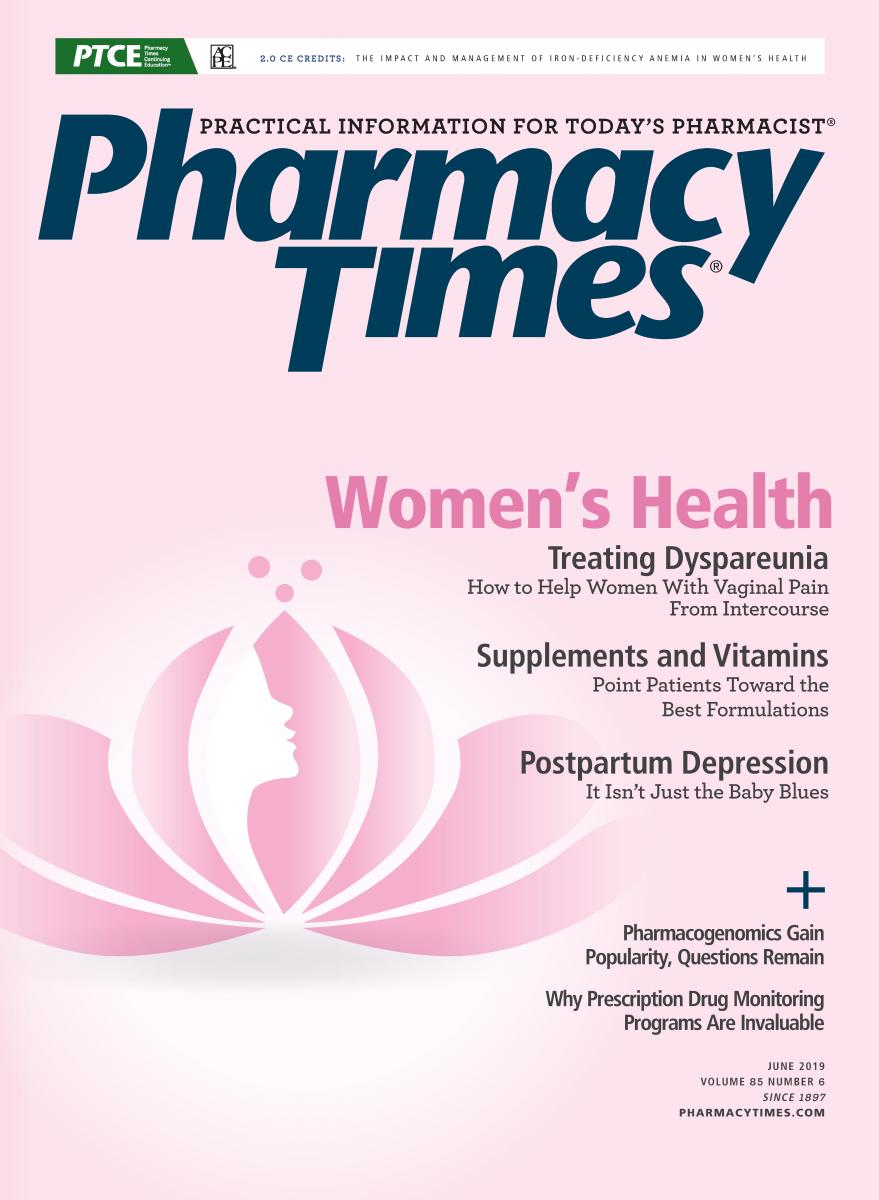Publication
Article
Pharmacy Times
Pharmacogenomics Gain Popularity, But Concerns Remain
Genetic Information Nondiscrimination Act of 2008 helps protect individuals from discrimination by employers and health insurance companies.
Health care professionals are increasingly turning to pharmacogenomics as a guide for choosing drug therapy to improve patient care and outcomes.
The American Pharmacists Association and the American Society of Health-System Pharmacists both offer training programs to learn about pharmacogenomics and how it can be implemented and applied in practice. But as genetic testing has become more popular and the use of pharmacogenomics more widespread, so, too, have concerns related to the protection of individual patients from discrimination because of their genetic makeup. Congress helped address some of these concerns with the enactment of the Genetic Information Nondiscrimination Act of 2008 (GINA).
The law protects patients from being subject to discrimination based on their genetic information by employers and health insurance companies. Under the law, genetic information is defined as “information about an individual’s genetic tests, the genetic tests of family members of such individual, the manifestation of a disease or disorder in family members of such individual.”1
Under the law, it is illegal for a health insurance provider to collect or use genetic information to determine eligibility for health insurance plans or a patient’s premium or terms of coverage.1 Additionally, GINA makes it illegal for the diagnosed conditions of family members to be used to discriminate against a related patient.2 However, it does not prevent them from basing their decisions on a diagnosed health condition2 ; it does not pertain to individuals who receive insurance through Federal Employees Health Benefits, the Indian Health Service, the military, and the Veterans Health Administration,3 as these services are not governed by the laws amended by the act1,3; and it does not apply to other types of insurance, such as disability or life.1-3
The law also prohibits employers with 15 or more employees from using genetic information to discriminate against a person during any facet of employment decision making, including determining benefits and privileges, compensation, and conditions and terms, as well as firing or hiring.1 Also covered under the law is the prevention of harassment or retaliation, such as demotion, against an individual based on their genetic information.4 There are 6 instances where employers are not prohibited from obtaining genetic information regarding an employee. These are as part of genetic or health services offered, DNA analysis for law enforcement purposes, inadvertent acquisition, information obtained through genetic monitoring programs, information required to comply with federal or state family and medical leave laws, and obtaining commercial or public records with genetic information.1,4
Although there have been no major amendments to GINA since its enactment, the Equal Employment Opportunity Commission (EEOC) recently updated the regulations related to the law to help clarify how employee wellness programs should be run.5,6 The amendments require that employee wellness programs be voluntary, that not participating will not negatively affect the employee, and that once information is obtained, follow-up information must be provided to helps employees improve their well-being.5,6 The regulations regarding the confidentiality of genetic information, offering of health insurance services, or retaliation against an employee remained unchanged.5
In 2017 a federal court ruled that the EEOC’s imposition of limits on employers’ inducements to participate in wellness programs was impermissible.7 The EEOC acted in December 2018 to remove the incentive provisions from its regulations.8
As the implementation of services by pharmacists using pharmacogenetics becomes more widespread, it is important for pharmacists to be aware of the legal ramifications of using genetic information for the prevention and treatment of disease states. Although such services have the potential to revolutionize how pharmacotherapy is practiced, all reasonable precautions should be made to ensure that patients are not discriminated against based on their genetic information.
Kyle D. Bryan, PharmD, is a 2019 graduate of the University of Kentucky College of Pharmacy in Lexington.Joseph L. Fink III, BSPharm, JD, DSc (Hon), FAPhA, is a professor of pharmacy law and policy and the Kentucky Pharmacists Association Endowed Professor of Leadership at the University of Kentucky College of Pharmacy.
REFERENCES
- Genetic Information Nondiscrimination Act of 2008, Pub. L. No. 110-233, 122 Stat. 881 (2008).
- Genetic Information Nondiscrimination Act Help. GINAhelp website. ginahelp.org/GINAhelp.pdf. Published May 2010. Accessed May 13, 2019.
- National Institutes of Health. Genetic Discrimination. National Human Genome Research Institute website. genome.gov/27568492/the-genetic-information-nondiscrimination-act-of-2008/. Published April 2017. Accessed May 13, 2019.
- US Equal Employment Opportunity Commission. Generic information discrimination. eeoc.gov/laws/types/genetic.cfm. Accessed May 13, 2019.
- Pak Y. EEOC issues new guidance on employee wellness programs. The National Law Review. June 2, 2016. natlawreview.com/article/eeoc-issues-new-guidance-employee-wellness-programs. Accessed May 13, 2019.
- Equal Employment Opportunity Commission. A rule on the Genetic Information Nondiscrimination Act, 29 CFR 1635. 81 Fed. Reg., 31143-59. May 17, 2016. govinfo.gov/content/pkg/FR-2016-05-17/pdf/2016-11557.pdf. Accessed May 13, 2019.
- A.A.R.P. v. E.E.O.C., D.D.C. No. 16-2113 (December 20, 2017).
- 83 Fed. Reg. 65296-97 (December 20, 2018).







